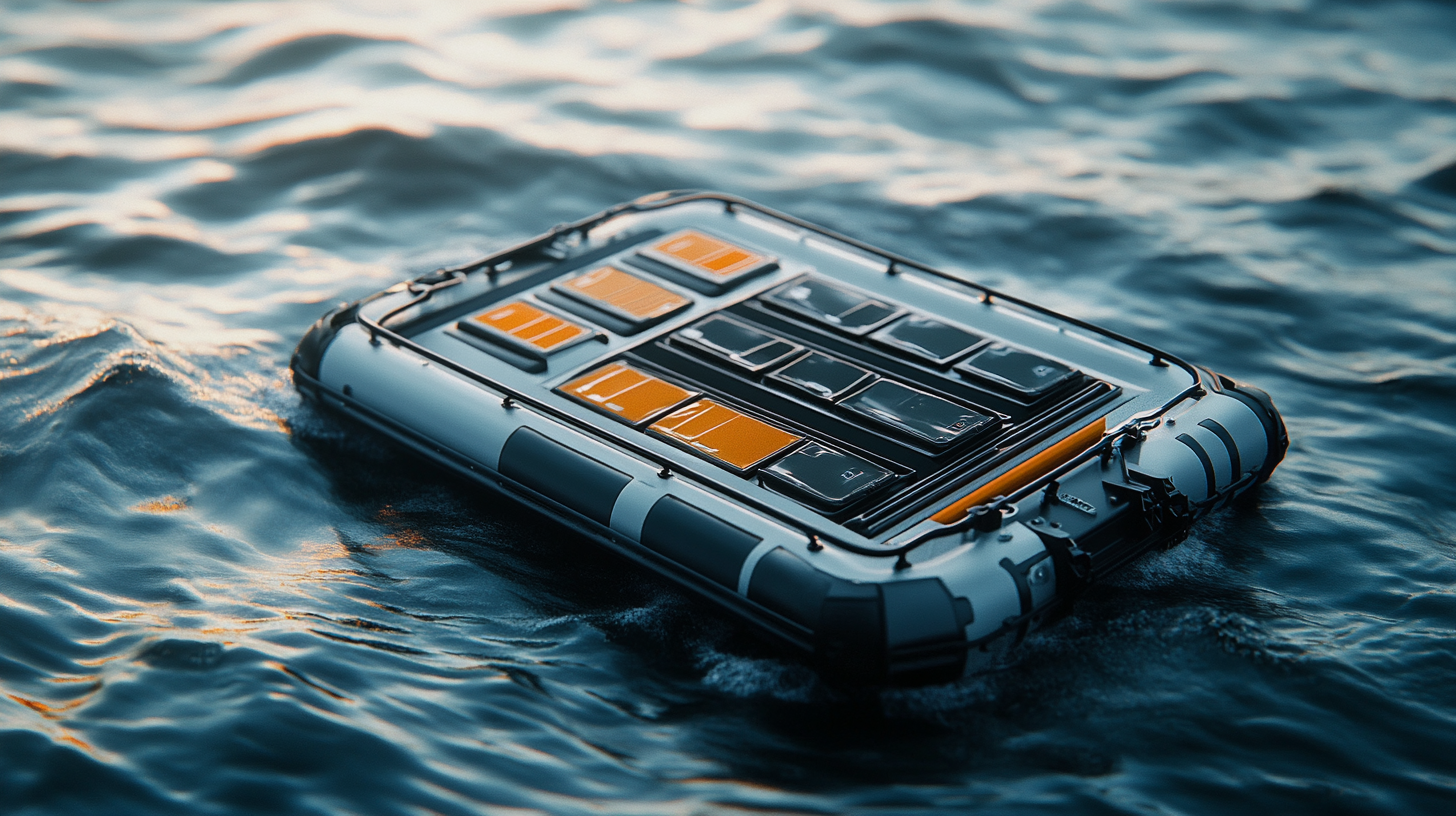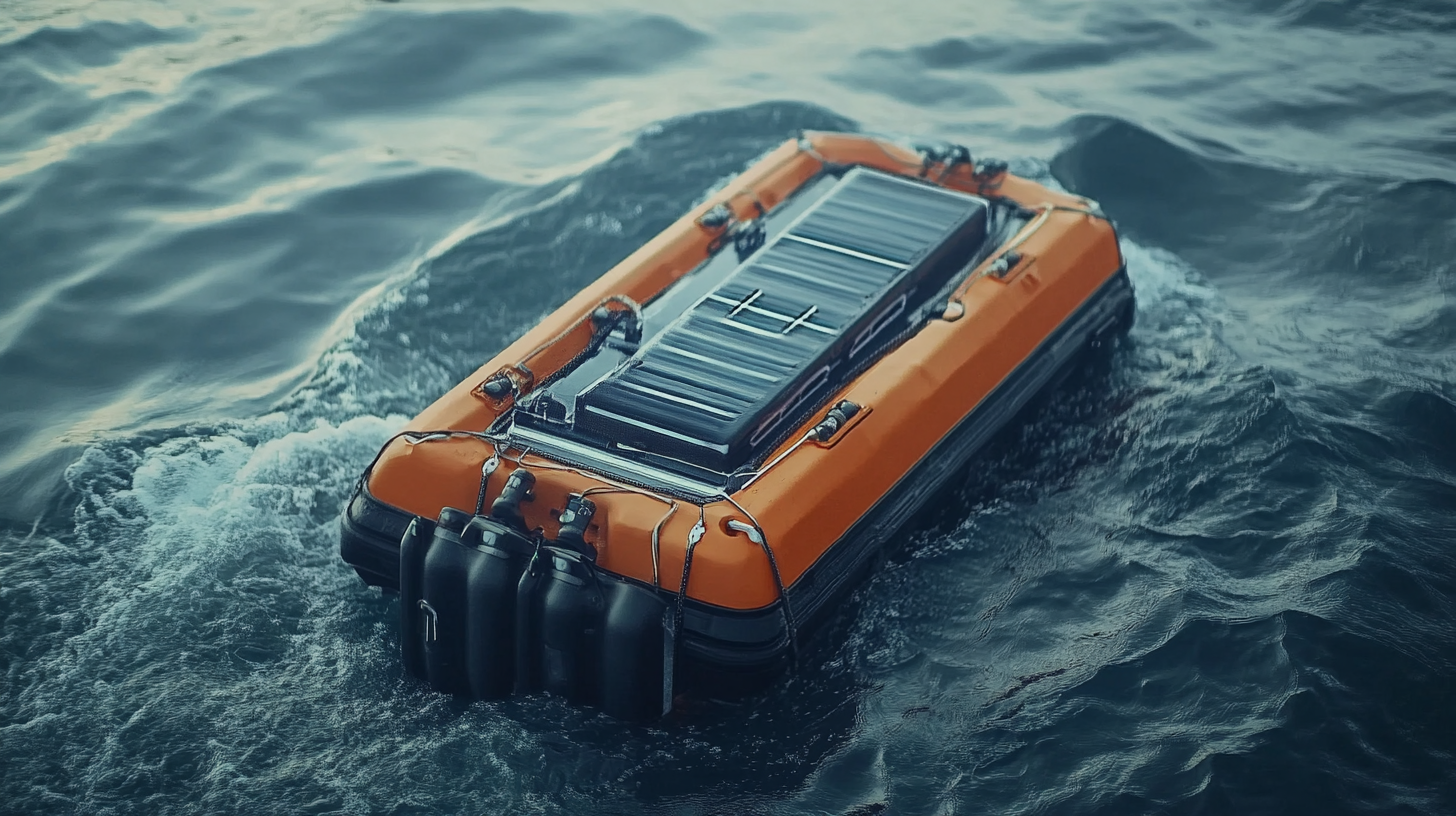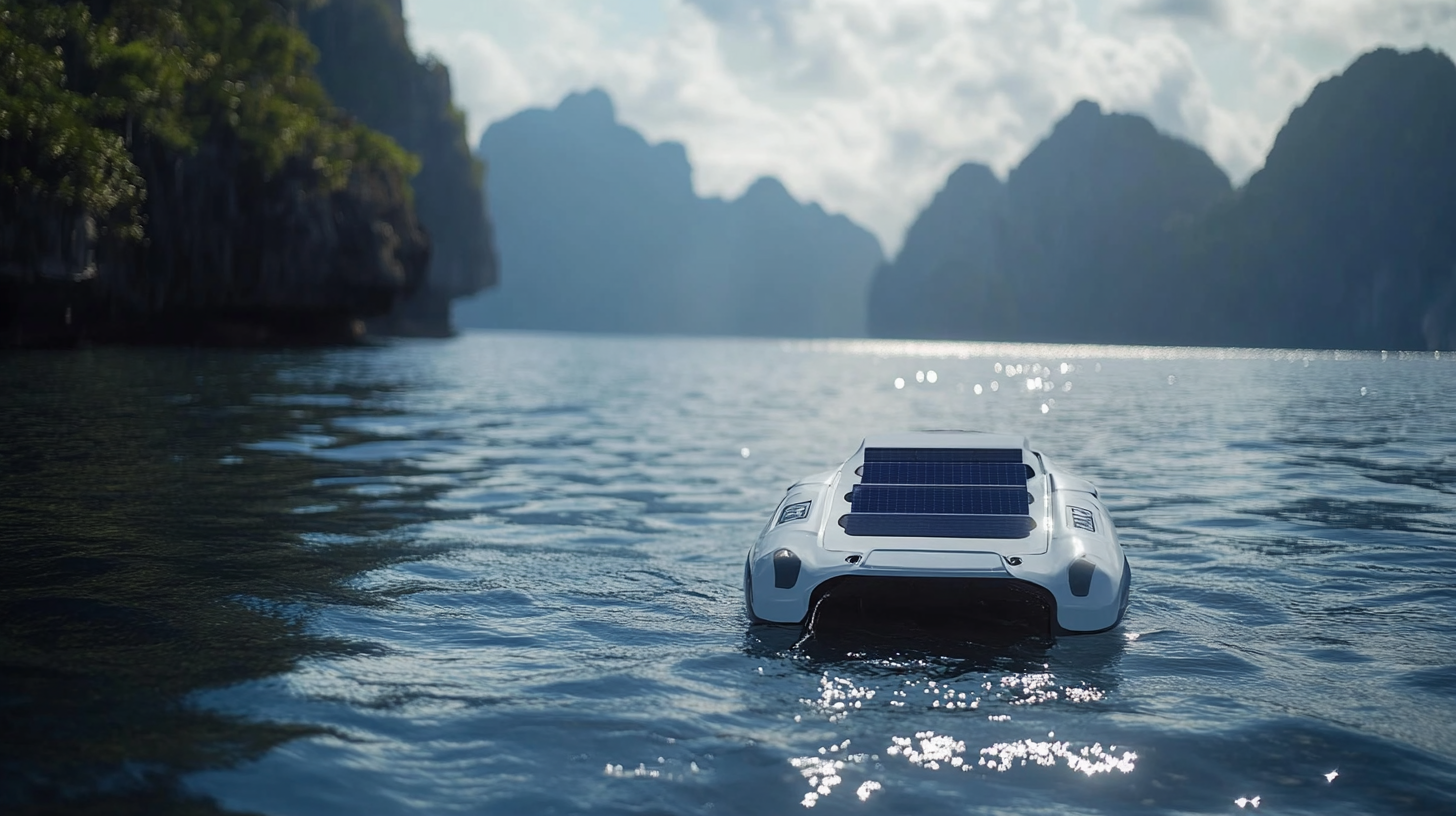Factory Tour
Challenges Faced by Users of 16s Lfp Boat Battery
The growing popularity of the 16s Lfp Boat Battery in the marine industry offers a myriad of advantages, including enhanced energy efficiency and longer lifespan compared to traditional lead-acid batteries. However, as with any technological advancement, users often encounter various challenges that can hinder their overall experience and reliability on the water. Understanding these difficulties is crucial for both current and prospective users, as it allows them to optimize the benefits while navigating the complexities of this innovative battery system.
In this blog, we will delve into the specific challenges faced by users of the 16s Lfp Boat Battery, ranging from installation issues and compatibility with existing systems to maintenance requirements and performance expectations. By shedding light on these obstacles, our aim is to provide practical insights and solutions that can empower boat owners to make the most of their investment, ensuring that their marine adventures remain smooth and enjoyable.

Common Issues with 16s LFP Boat Batteries and Their Impact on Performance
The popularity of 16s LFP (Lithium Iron Phosphate) boat batteries is on the rise, yet users often encounter several common issues that can significantly impact performance. One of the main challenges is thermal management. According to a report by the International Journal of Energy Research, LFP batteries can experience a temperature increase during high discharge rates, which can lead to reduced efficiency and shorter lifespans. Proper installation and the use of thermal insulation materials can help mitigate this issue, ensuring that the batteries operate within optimal temperature ranges. Another significant issue is the battery's state of charge (SOC) monitoring. A study from the Journal of Power Sources highlights that inaccurate SOC readings can lead to improper charging cycles, ultimately affecting battery health. Users must ensure they use reliable battery management systems (BMS) that provide accurate SOC estimations and balance the cells effectively. A well-functioning BMS not only extends the lifespan of the 16s LFP batteries but also enhances their overall performance and safety. Furthermore, many users report difficulty in integrating these batteries with existing boat electrical systems. The compatibility of LFP technology with conventional lead-acid counterparts can pose challenges, particularly in terms of voltage and charging requirements. A report from the Marine Electrical Systems Association recommends comprehensive compatibility assessments before installation to avoid operational issues that could lead to equipment failure or inefficiency. Understanding these common challenges can empower boat owners to make informed decisions, ultimately optimizing their battery performance on the water.

Understanding the Charging Challenges of 16s LFP Boat Batteries
Charging 16s LFP (Lithium Iron Phosphate) boat batteries presents several challenges that users must navigate to ensure optimal performance and longevity. One of the primary issues revolves around the charging voltage requirements. According to industry research, LFP batteries typically require a charging voltage of around 3.6 to 3.65 volts per cell. In a 16s configuration, this translates to a total charging voltage range of approximately 57.6 to 58.4 volts. Many users often underestimate the importance of using a charger that is specifically designed for LFP chemistry, which can lead to insufficient charging or overcharging, resulting in decreased battery lifespan and performance.
Another challenge lies in the charging current. Studies indicate that LFP batteries can safely handle charge rates of up to 1C, meaning a 100Ah battery could be charged at 100 amps. However, boaters often opt for slower charge rates to prolong battery life, inadvertently extending their charging time significantly. A report from the Battery University highlights that slower charging may lead to incomplete charging cycles, causing capacity loss over time. Furthermore, environmental factors such as temperature can affect the battery's charging efficiency, with optimal charging temperatures being between 0°C and 45°C. Extreme conditions can hinder charging performance, emphasizing the need for temperature regulation systems in charging setups.
Lastly, balancing the cells during charging is crucial but often overlooked. An imbalance in cell voltage may lead to one cell being overcharged, which can cause thermal runaway and potential safety hazards. Regular monitoring and maintenance of battery management systems (BMS) are essential to track the health of each cell in the series. According to a report from the Journal of Power Sources, implementing a robust BMS can greatly enhance the reliability of LFP batteries, allowing users to enjoy the numerous benefits of LFP technology while minimizing charging-related issues.

Maintenance Tips to Overcome Reliability Problems in 16s LFP Batteries
Maintaining a 16s LFP boat battery can pose unique challenges, but with the right strategies, users can ensure reliability and longevity. One of the primary concerns is thermal management. High temperatures can lead to performance degradation and potential failures. To mitigate this, it's crucial to install the battery in a well-ventilated area of the boat, ensuring that airflow circulates freely. Additionally, monitoring the temperature during operation can help in adjusting usage patterns to avoid overheating.
Another key maintenance tip involves regular checking of connections and terminals. Corrosion can build up on battery terminals due to exposure to moisture and saltwater environments, negatively impacting conductivity. Users should routinely inspect and clean the terminals with a suitable anti-corrosion solution, ensuring that connections are tight and secure. Using silicone grease can also help prevent moisture ingress and corrosion on the terminals.
Proper charging practices are also essential for the upkeep of 16s LFP batteries. Users should always employ a compatible charger that matches the battery's specifications. Overcharging or using an inappropriate charger can lead to battery damage and reduce its lifespan. Setting up a charging schedule that follows the manufacturer's recommendations will help maintain optimal performance and reliability. Ultimately, focusing on these maintenance practices will empower users to effectively tackle the challenges associated with their 16s LFP boat batteries.

Environmental Factors Affecting 16s LFP Boat Battery Efficiency
The efficiency of 16s LFP (Lithium Iron Phosphate) boat batteries is significantly influenced by various environmental factors. Temperature is one of the most critical elements affecting battery performance. In colder climates, the battery's operational capacity can diminish, slowing down both charging and discharging rates. Conversely, high temperatures can lead to increased internal resistance, potentially causing overheating and reducing longevity. Thus, maintaining an optimal operating temperature is essential for maximizing efficiency and extending the lifespan of these batteries.
Humidity and moisture can also play a vital role in the functioning of 16s LFP batteries. High humidity levels can lead to condensation, which poses a risk of corrosion on battery terminals and connections. This deterioration can impede electrical flow, ultimately affecting the boat's performance. Additionally, varying humidity affects the rate of charge acceptance, which could disrupt typical charging cycles and lead to suboptimal performance in marine environments.
Understanding these environmental challenges can help users adopt strategies to mitigate their impacts. For instance, implementing appropriate thermal management solutions and ensuring proper sealing against moisture can enhance the reliability of 16s LFP boat batteries. By addressing these variables, users can ensure that their battery systems perform at their best, even under less-than-ideal conditions.
User Feedback: Real-Life Experiences with 16s LFP Boat Battery Challenges
Users of 16s LFP boat batteries encounter a range of challenges that impact their overall boating experience. A common issue reported is the battery's weight and bulkiness compared to traditional lead-acid batteries, which can affect balance and maneuverability on smaller vessels. Additionally, some users express concerns about the complexity of the battery management systems that are necessary for maintaining optimal performance, especially in changing weather conditions. These systems require a certain level of understanding and technical skill, which can be daunting for less experienced boaters.
User feedback has highlighted another significant challenge: the performance during prolonged use. Many users report experiencing a drop in power output when the battery isn’t charged correctly or when it's subjected to extreme temperatures. Proper charging techniques and temperature regulation are crucial, but they often require users to monitor battery conditions regularly. This ongoing maintenance can detract from the ease of use that many boat enthusiasts seek.
Despite these challenges, users acknowledge the advantages of LFP technology, such as increased longevity and reduced weight compared to traditional options. Over time, individuals have shared their strategies for overcoming these obstacles, from specific charging routines to adjustments in boat design for better weight distribution. This evolving dialogue among users serves to enhance the collective experience, as boaters continue to explore the full potential of their 16s LFP batteries.







